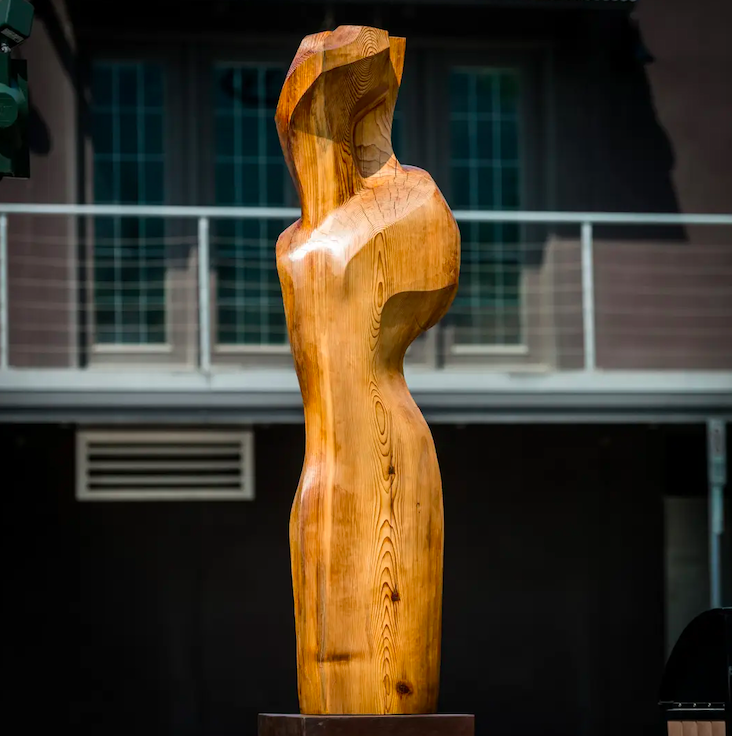In the quiet hamlet of Vallican, British Columbia, a small community nestled in the arms of nature, Seamus Gray was born in 1973. Raised by two creatively inclined parents, his childhood was a canvas waiting to be painted with the hues of artistic expression. From a young age, Gray was encouraged to follow his heart and nurture the seeds of his artistic talents. Photo Credit: David Glun
Photo Credit: David Glun
After honing his craft in the scenic landscapes of Canada, fate led Gray to an unexpected journey in 2001. It was during this year that he met his future wife, opening the doors to a new chapter that would take him to the picturesque landscapes of Switzerland. The next five years of his life were spent immersed in the rich cultural tapestry of Europe, particularly at the sculpture school of the Goetheanum, leaving an indelible mark on both his personal and artistic evolution.
The time spent at the Goetheanum’s sculpture school proved to be a pivotal period for Gray, shaping the trajectory of his artistic journey. The influence of European traditions and the magic of life itself permeated his work, leaving an enduring imprint on his creative process. In 2008, Gray and his wife returned to the serene landscapes of Canada, bringing with them the experiences and inspirations garnered from their European sojourn.
Seamus Gray’s artistic skill finds its expression primarily in the tactile realm of sculpture, where he breathes life into the raw materials he chooses. One of his notable creations stands tall at approximately 7 feet, a majestic carving crafted from red cedar wood sourced from the very land where he was born, raised, and currently resides. The use of red cedar, a material rooted in his personal history, adds a profound layer of meaning to his work.
This particular sculpture, a testament to Gray’s intimate connection with nature, embodies the essence of his artistic philosophy. The choice of red cedar from his familial property serves as a symbolic bridge between his roots and the present, encapsulating the continuity of his artistic journey. Each stroke of the carving tools reflects not only technical skill but a profound understanding of the material’s inherent qualities.
Gray’s work is a celebration of the synergy between man and nature, a harmonious dance captured within the contours of his sculptures. His artistic journey is a pilgrimage, with each creation serving as a marker of his evolution as an artist deeply attuned to the world around him. The teachings received during his time in Europe resonate in the finely chiseled details of his sculptures, where tradition meets contemporary expression.
The spartan elegance of Gray’s work is a testament to his mastery over simplicity. In a world often cluttered with complexity, his sculptures stand as serene witnesses to the beauty that lies in minimalism. The 7-foot-tall carving, with its clean lines and unembellished form, invites viewers to engage in a contemplative dialogue with nature and the artist’s introspective journey.
For Seamus Gray, art is not just a medium of expression; it is a conversation with the world, an exploration of the interconnectedness between the self and the environment. The red cedar sculpture, born from the land that cradled his childhood, echoes with whispers of the artist’s past, present, and future. It is a manifestation of his roots reaching deep into the earth, drawing sustenance from the very essence of his existence.
In conclusion, Seamus Gray’s artistic odyssey is a narrative woven with threads of simplicity, nature, and the echoes of a journey that spans continents. From the quaint community of Vallican to the sculpture school in Europe and back to the familiar landscapes of Canada, Gray’s work stands as a testament to the universality of artistic expression. Each sculpture is a silent conversation, an invitation to immerse oneself in the raw beauty of nature and the artist’s soul laid bare in wood.
